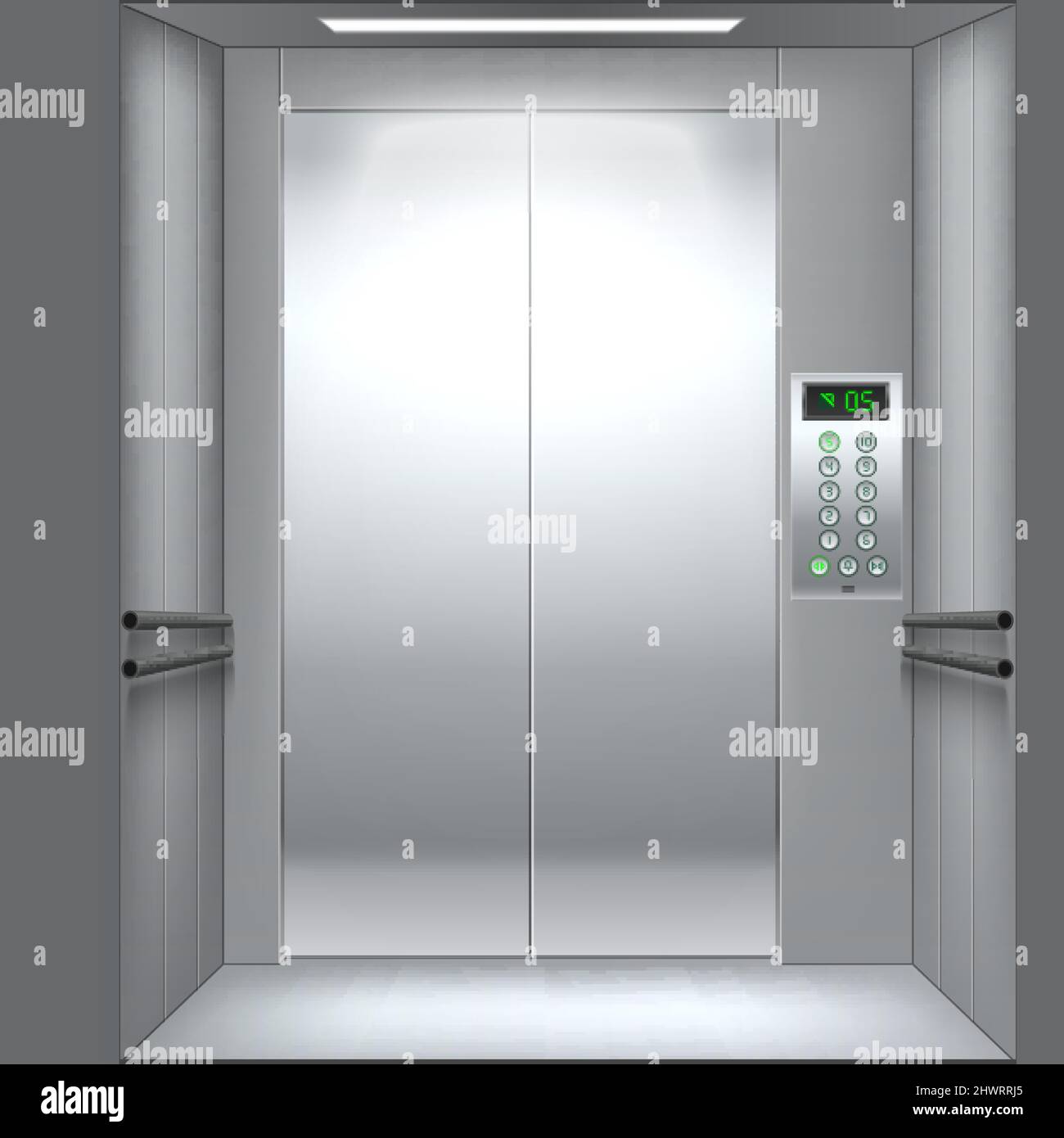Budget-friendly Lift Repair Near Me: Specialist Professionals at Your Solution
Budget-friendly Lift Repair Near Me: Specialist Professionals at Your Solution
Blog Article
Looking Into the Globe of Lifts: Usual Issues Dealt With by Various Lift Systems
As we browse via the upright transport systems of modern-day buildings, elevators stand out as a crucial component of our every day lives. Nevertheless, behind their smooth procedure lies a globe of elaborate mechanisms that can often experience difficulties. From hydraulic elevators to traction systems and machine-room-less layouts, each lift kind includes its collection of common concerns. Recognizing these obstacles is critical for making sure the smooth performance of these important systems. Let's explore the intricacies that underlie the procedure of elevators and the possible issues that can occur, clarifying the intricate internet of lift mechanisms.
Hydraulic Elevators
Hydraulic elevators, often chosen for low-rise structures, use fluid pressure to regulate the movement of the elevator auto (lift repair companies). This mechanism includes a hydraulic pump pressing oil into a cyndrical tube, causing the elevator to relocate the preferred instructions. While hydraulic elevators are recognized for their quiet and smooth operation, they do feature their very own collection of usual problems
One widespread problem with hydraulic elevators is oil leak. The seals in the hydraulic system can break with time, leading to oil seepage. This not only creates a mess but can likewise affect the lift's efficiency if left unaddressed. Additionally, issues with the control system, such as damaged shutoffs or a malfunctioning pump, can cause disruptions in the lift's motion.
Routine maintenance and punctual fixings are important to guarantee the smooth functioning of hydraulic lifts. By attending to these usual problems proactively, building proprietors can lessen downtime and make sure the safety and effectiveness of their vertical transport system.
Traction Lifts
When thinking about vertical transport systems in buildings, an additional typical type apart from hydraulic elevators is the grip lift. Grip elevators run utilizing a system of ropes and counterweights that relocate the lift auto by clutching onto the hoist ropes. This device allows for smoother and faster upright transport compared to hydraulic systems.
Among the common problems faced by traction lifts is rope wear. The constant motion of the ropes within the traction system can cause damage with time, possibly creating the elevator to breakdown or come to be harmful for usage. Normal examinations and upkeep of the ropes are vital to make certain the elevator's proper functioning and safety and security.
An additional concern that traction elevators may come across is associated with the control system. Troubles with the control system can result in issues such as unpredictable movement, hold-ups in feedback times, and even total shutdowns. Routine testing and maintenance of the control system are essential to protect against such problems and guarantee the elevator's reliability.
Machine-Room-Less (MRL) Lifts

Among the key components of MRL lifts is the small gearless traction equipment that is mounted within the hoistway. This equipment i thought about this effectively drives the elevator cars and truck without the requirement for large devices found in standard traction elevators. Additionally, MRL elevators commonly use a counterweight system to stabilize the vehicle, additional boosting their energy efficiency.
Regardless of their benefits, MRL lifts might face obstacles connected to repair and maintenance as a result of the constrained room for devices installment. Ease of access for servicing components within the shaft can be limited, requiring specialized training for professionals. Correct maintenance timetables and normal examinations are vital to make certain the continued smooth procedure of MRL elevators.
Overloading and Weight Limitation Issues
Overloading and weight limitation concerns are vital problems in lift operations. Lift makers layout lifts with specific weight abilities to make sure traveler safety and devices longevity.
When elevators are overwhelmed, it puts excessive strain on the motor, wires, and other components, possibly triggering breakdowns or break downs. If they discover excess weight, safety systems such as sensing units and overload sensors are in area to protect against elevators from relocating. Additionally, surpassing weight restrictions can cause enhanced energy intake and damage on the elevator system.
To reduce overloading issues, constructing supervisors ought to plainly present weight restrictions in lifts and inform occupants on the value of adhering to these constraints - lift repair companies. Routine maintenance checks by qualified specialists can also aid guarantee that elevators are running within risk-free weight specifications. By resolving overloading and weight limitation concerns proactively, structure proprietors can boost lift safety over here and efficiency
Electric System Failures
Going beyond weight limits in elevators can not only lead to mechanical issues however also potentially add to electrical system failings within the lift infrastructure. Electric system failures are an important concern in lift procedure, as they can trigger unanticipated shutdowns, breakdowns, or even safety and security hazards.
Furthermore, power rises or fluctuations in the electrical supply can additionally disrupt the elevator's operation, influencing its efficiency and safety. These electrical disruptions can damage delicate elevator parts such as control board, circuit card, or sensing units, leading to system failings. Routine upkeep and evaluations are vital to identify and resolve possible electric issues without delay, making certain the secure and efficient operation of elevator systems. By adhering to weight limits and conducting routine electric system checks, structure owners can reduce the risk of electric failures in elevators.
Final Thought

Hydraulic lifts, often chosen for low-rise buildings, make use of fluid stress to manage the activity of the lift automobile.When taking into consideration vertical transportation systems in buildings, another typical type apart from hydraulic elevators is the grip elevator. Grip elevators operate making use of a system of ropes and weights that move the elevator automobile by clutching onto the hoist ropes. Unlike standard lifts that call for a separate equipment space to house the equipment, MRL lifts integrate most of the components within the shaft, eliminating the demand for a dedicated useful link device space.In conclusion, lifts face common problems such as hydraulic breakdowns, traction system failures, and electric system issues.
Report this page